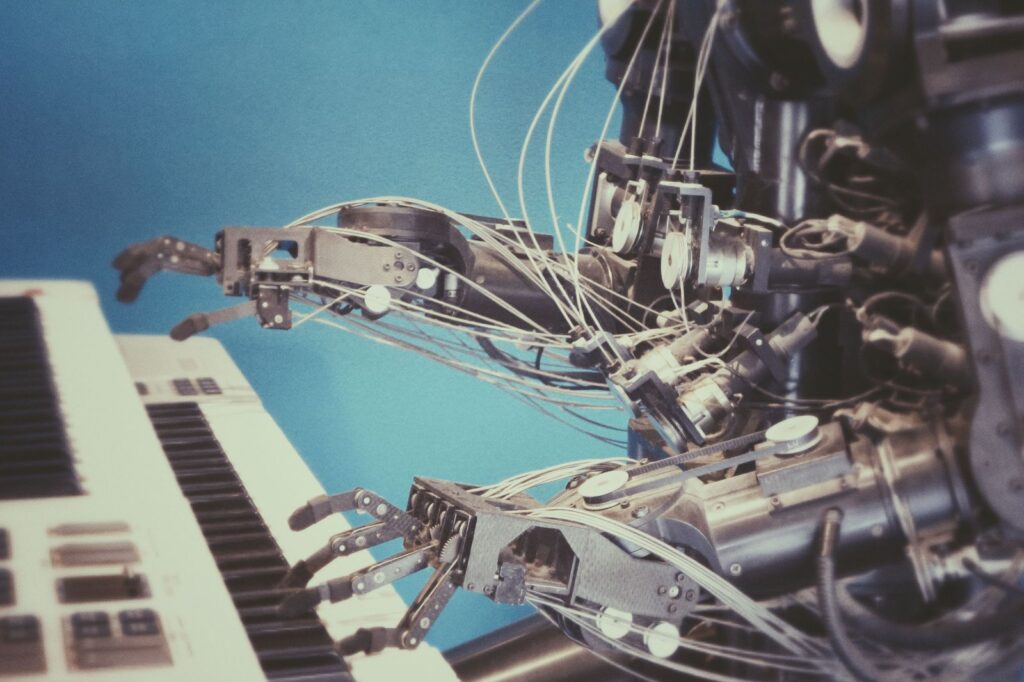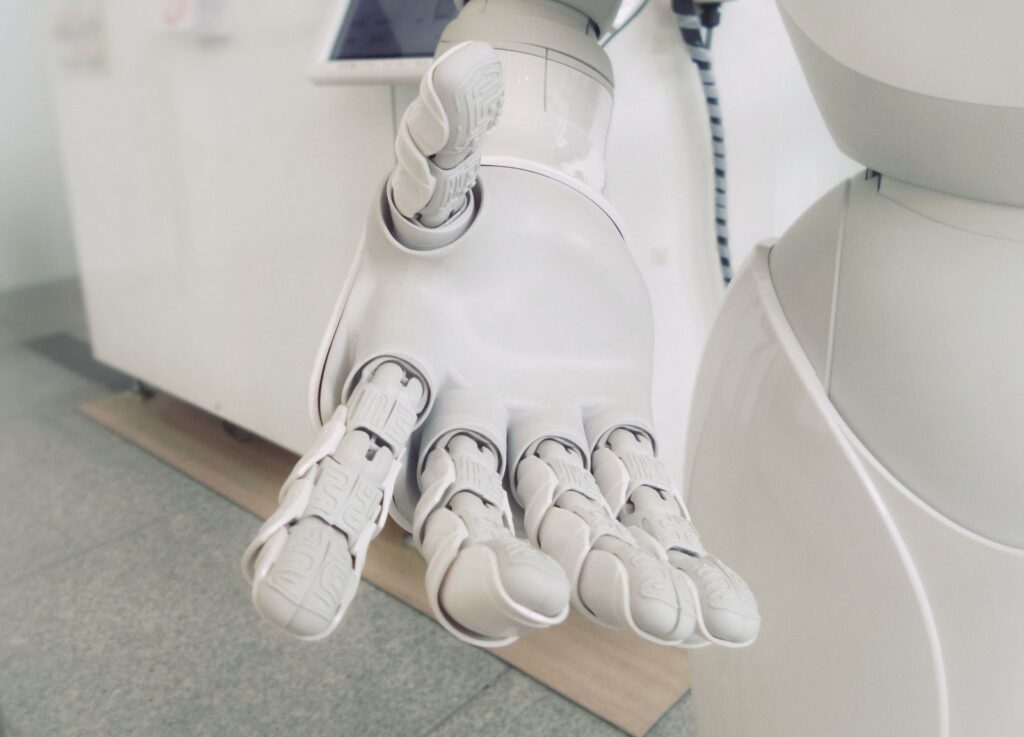
Machines can drive cars, write articles for newspapers and read emotions. It is said we are on the verge of another industrial revolution, catchily titled industry 4.0: a world where processes are made ‘smart’ through the internet of things, and where the manual is automated.
In business, many are slow on the uptake. We might use cloud-based communication software with ease, and feel comfortable with web conferencing tools, but we still ask junior execs to order stationery, or we onboard new recruits with paper forms and physical training sessions. Or we run appraisals and performance reviews based on the limited perception – or worse the ‘gut instinct’ – of a manager, instead of consulting hard data.
Rather than go through the motions of hauling HR into the digital age, we accept rather than question those last few manual processes still clinging on by their fingernails as legacies of an analogue era, even if we know that automation saves time, labour costs and prevents some poor soul being lumbered with the role of data inputter.
A 2017 report by McKinsey suggests up to 60% of occupations could automate a third of their workload. Far from making humans obsolete, this simply changes their job descriptions, as the same study also states that less than 5% of jobs consist of activities that are 100% automatable.
What we have is an opportunity to redefine the workplace, increase productivity and say goodbye to the mundane, repetitive tasks that have long consumed the time and energy of our employees.
A 2017 study by ServiceNow found nine in 10 skilled employees spend too much time on manual tasks, while business leaders spend up to 16 hours a week wasting time on things like updating spreadsheets, email updates and filling out forms.
The same report – which identifies HR as the department that wastes the most time and as most in need of a reboot – states that eight in 10 executives believe automation will bring job growth, while 93% believe it will let employees be more creative in their jobs.

The question for HR is no longer whether you should automate, but how soon can you finish the job?
The first tasks to be digitised within the department should be anything that involves paper, be it leave requests, expense claims or personal development questionnaires.
Replacing existing analogue systems with online data collection methods – such as employee self-service or simple e-forms with autocomplete – will slash time as well as printing costs.
Stage two of automation is any processes with clear and consistent rules, or repetitive functions. This includes ordering office supplies, filtering CVs, or onboarding staff, which typically likely follow the same processes each time, with small changes depending on the role.
Onboarding can be automated with welcome videos and tutorials, a learning pathway taking them through various competencies and familiarisation tasks, e-forms for easy data capture and a dedicated intranet page on company culture. And, by creating a multi-step journey for the person making sure an incoming person has the things they need – like a desk, a computer, a building pass, and IT account passwords – nothing need be forgotten.
Similarly, training staff can be done through personalised e-learning hubs in the digital workplace. Employees can access relevant video courses with Q&As to check that information has been absorbed, and managers can see when courses have been completed.
Stage three is to ensure the new procedures are being followed. All these new processes need to be within easy reach, from a single and secure point of access along with other software solutions and apps.
So what is left for humans?
Technology, and the data it captures, is a hugely valuable tool for fast decision making for even unpredictable or complex problems, or to bring HR to a sensible set of conclusions which are then put into context by a human and reported to the board. Although data can be trusted, there are many circumstances where it shouldn’t be used in isolation.
If we had to distinguish people from machines in a word, it’d be ’empathy’. Developers are finding ways to teach computers to replicate empathy but for now, at least, abstract thinking must be done manually.
Skills and experience filtered by software might be enough to get a person an interview, or considered for a promotion, but organisations must never fall into the trap of box ticking alone.
The personality fit has to be right for the culture of a business. It only takes one bad apple to upset the cart, and change the dynamic of a well-functioning team for good with negativity, or narcissism.
Equally, cementing good client or inter-business relationships won’t be going anywhere. And software cannot motivate people in the same way a caring manager could, mediate with tact and consideration, or empathise over health struggles or a bereavement.
Automating processes should mean the tasks that remain are more fulfilling and meaningful. There isn’t much that can demoralise staff more than knowing their workload could be done by just about anyone. That’s why intelligent automation will revitalise departments.
The transition from manual to industrial production centuries ago led to fears of mass unemployment that never materialised. What actually occurred was a huge increase in jobs and productivity.
People will fear what they don’t understand – that’s human nature. But if you can build support and rally the troops before implementing common-sense digital processes, such as by asking employees to flag – without consequences – any dull, repetitive tasks worthy of automation, more people would embrace the change.

Nigel Davies is founder of digital workplace Claromentis.


